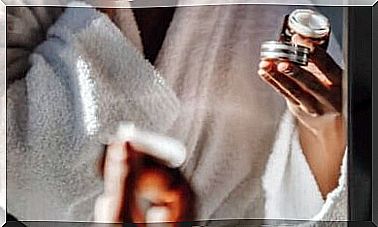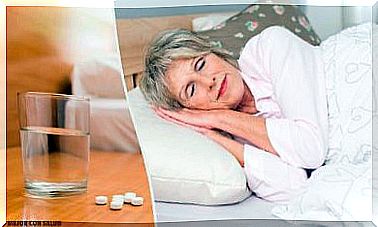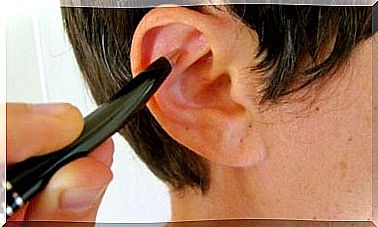Reducing The Fever – Learn The Most Effective Methods

Lowering the fever is an important measure that must be taken to avoid further health complications. A fever is an increase in body temperature, which should always average a little less than 37 ° C. Fluctuations of up to one degree during the day are normal and do not amount to illness.
Aspects such as diet, exercise, climate, among others, are some of the causes of the rise in temperature. However, when it rises above 38.5 ° C, it is considered to be a fever. But is lowering the fever always the best solution? Let’s see.
What is a fever?
A fever is a sign of the body’s positive reaction to a possible illness. This means that the body has activated its defenses and is fighting the disease. But be careful: in babies, especially during lactation, 38 ° C is already a very high temperature. In this case, it is necessary to lower it and it is possible that the child will have to be hospitalized, and certainly a pediatric consultation.
A fever is almost always associated with additional symptoms, such as:
- A persistent headache surrounding the entire skull, sometimes felt like pressure.
- Chills and sweating
- Muscle pain with stinging sensations.
- Dehydration and dry skin, reduced tears and urinary retention.
- Loss of appetite
- General weakness and malaise.
Febrile seizures may also occur in children 6 months to 5 years of age. In such cases, it is advisable to lie down by the patient. Secure it so that it does not injure yourself, and contact your doctor after an episode.

The reasons for the increase in body temperature
The organ responsible for regulating temperature is located in our brain and is called the hypothalamus. It works like a thermostat, but for various reasons it can increase the reference limit. This is when the heat retained in the body increases.
As such, fever can be caused by infectious agents such as viruses and bacteria. It also occurs with inflammatory diseases such as rheumatoid arthritis and cancer. Some medications can also cause a fever as a symptom of side effects. Likewise, all types of vaccines cause fever.
Treatment methods to reduce fever
If you have a mild fever, your doctor will most likely not recommend any specific treatment, especially if there are no additional symptoms. In fact, a mild fever is a sign that your body is responding well. Elevated temperatures may even be useful in reducing the number of disease-causing microorganisms.
However, when the fever causes additional discomfort or is high, it should be reduced. In this case, the doctor may prescribe over-the-counter medications, such as ibuprofen or paracetamol. Always follow the recommended doses and do not exceed them.
In addition, these drugs should not be given for long periods of time as they can damage the kidneys and liver.
If these drugs do not lower the fever, the key to determining the need for antibiotics will be to determine the underlying cause. For example, they are recommended for a bacterial infection such as tonsillitis or pneumonia. If, on the other hand, there is a viral infection, the antibiotics will not work.
For children, if there is no improvement after the first dose and the fever is still present, consult your doctor. Children should not receive aspirin as it can lead to Reye’s syndrome which, although rare, can be fatal.
Other recommendations for reducing fever
When it comes to infants, especially if they are less than 28 days old, hospitalization is the most recommended option for lowering their fever. Newborns are prone to serious illnesses that require intravenous medications and specialized care.
There are home remedies you can use to lower your fever, as long as it does not have additional symptoms. In the event of dehydration, water should be consumed, or even better, a rehydrating solution such as serum by mouth.
Not only does it moisturize the body, it also contains electrolytes, ingredients necessary for the proper functioning of the body.
In addition, rest helps regeneration, as does wearing light clothing, keeping the room cool and sleeping only under a sheet. It is also advisable to apply compresses made of lukewarm water to the forehead, armpits, groin or soles of the feet.
On the other hand, baths of the whole body in lukewarm water and infusions of garlic, basil, rue, ginger, thyme and chamomile, sweetened with a little honey, are effective in reducing fever . These types of drinks should be consumed two to three times a day.

Data to be aware of
In general, a doctor should be consulted when the fever reaches 38 ° C in infants or 39 ° C in adults. Even more so if it is accompanied by headaches, vomiting, irritability, abdominal pain, skin rash or elevated temperature, it persists for a long time.
In addition, you need to act calmly, but not delay, to lower your fever. Failure to do so may result in complications such as seizures and loss of consciousness. All this worsens the patient’s condition and even puts his life in danger.









